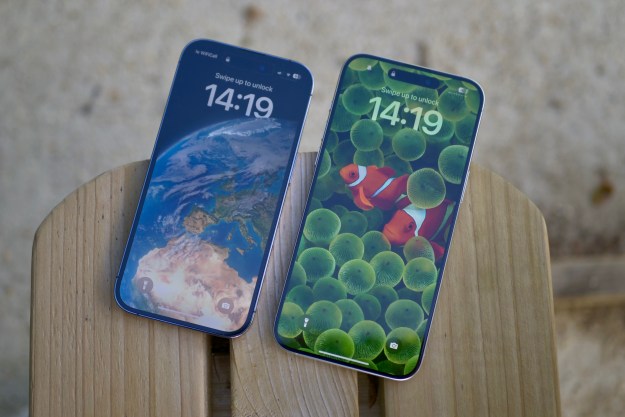Apple is working hard on modernizing the iPhone with edge-to-edge displays and a smaller notch, but the latest patent indicates the company could be working to take that a step further by bending the front glass around the edge of the device for a full glass look.
The patent, called “Electronic devices with structural glass members,” highlights the use of a flexible display that could be mounted to a glass support member, ultimately creating a device that looks like it’s built from one big curved piece of glass.
The resulting design could be very classy. The patent mentions that it could work with any number of electronic devices, though most of the images included with the patent seem to indicate that it’s being thought of for the iPhone.
Of course, this wouldn’t be the first time we’ve seen a phone with a display that curves around the edge of a phone. Famously, Samsung started released “edge” versions of its smartphones starting with the Galaxy S6, and after a few years, it simply used the edge concept for all of its phones. We don’t imagine Apple would take the same approach. If it starts using glass that curves around the edge of its phones, it’ll likely adopt the concept for all of its flagship models.
Unlike Samsung’s approach, however, Apple seems to be thinking about curving the glass all the way around the front, so that the entire side of the device is built from glass. The patent does mention flexible displays, but rather than building a foldable phone, like Samsung, the reference seems to be more related to the actual display under the glass, which would curve around the edge of the device. Apple has already implemented a flexible display of sorts in the iPhone — to get the edge-to-edge look in the iPhone X and iPhone XS, Apple actually bends the display around the bottom edge a little.
It’s also important to note that just because Apple has filed for this patent, it doesn’t mean that it’ll actually adopt the tech in a future iPhone. If it does, we don’t imagine it will be on its 2019 iPhone but perhaps sometime in the next few years instead.
Editors' Recommendations
- The Apple Watch is the best iPhone camera accessory you didn’t know you needed
- Nomad’s new iPhone case and Apple Watch band may be its coolest yet
- Everything Apple says is wrong about the DOJ’s iPhone lawsuit
- The DOJ has sued Apple over the iPhone. Here’s what it means for you
- UPS worker accused of nabbing $1.3M worth of iPhones and other Apple gear


